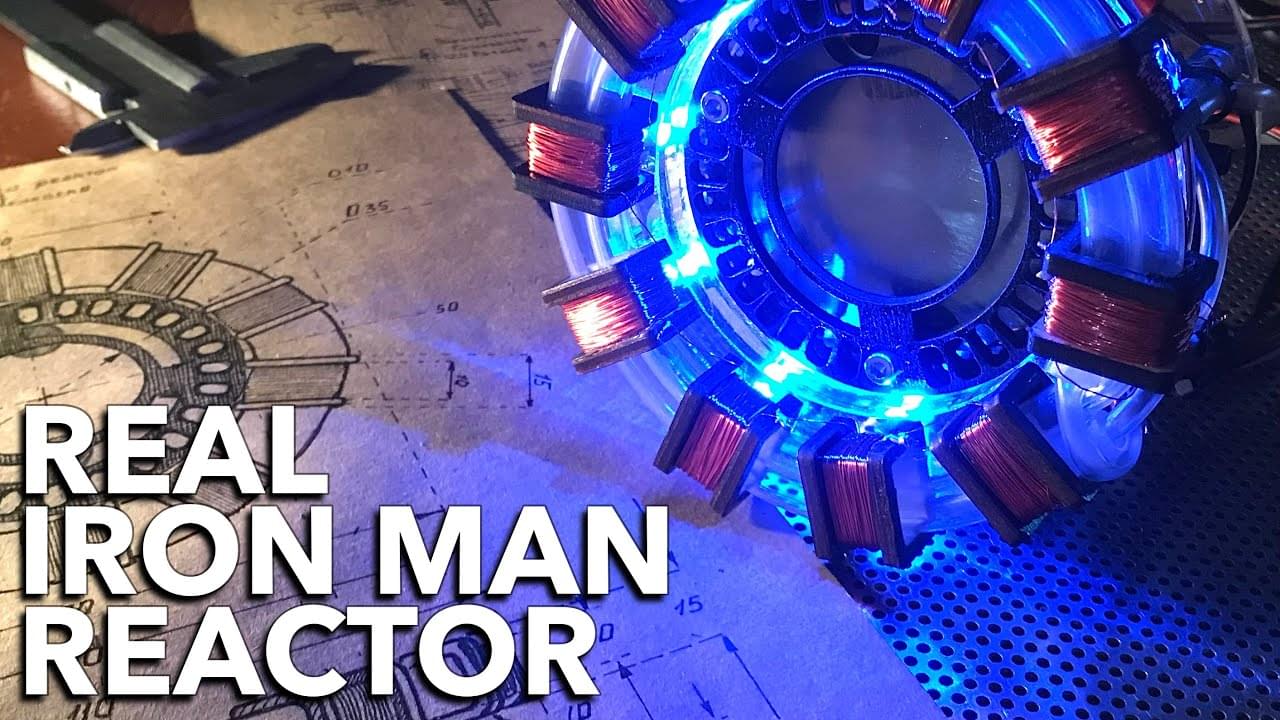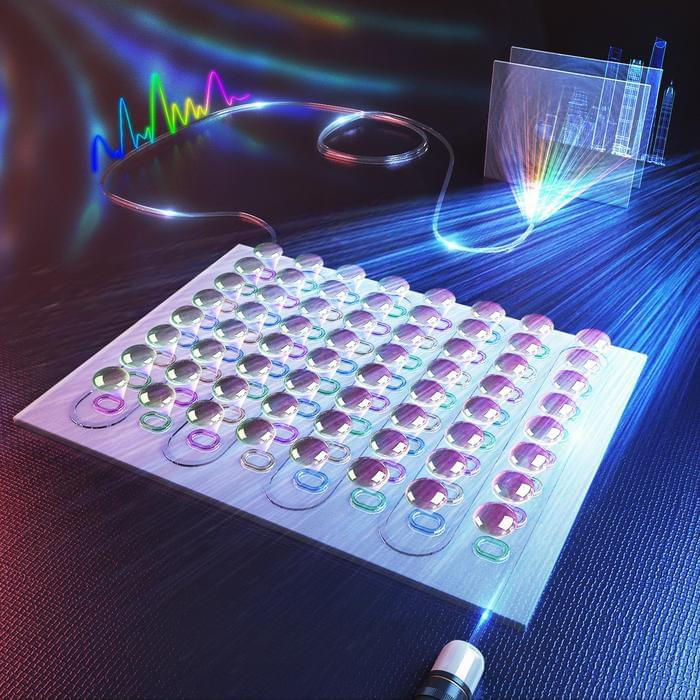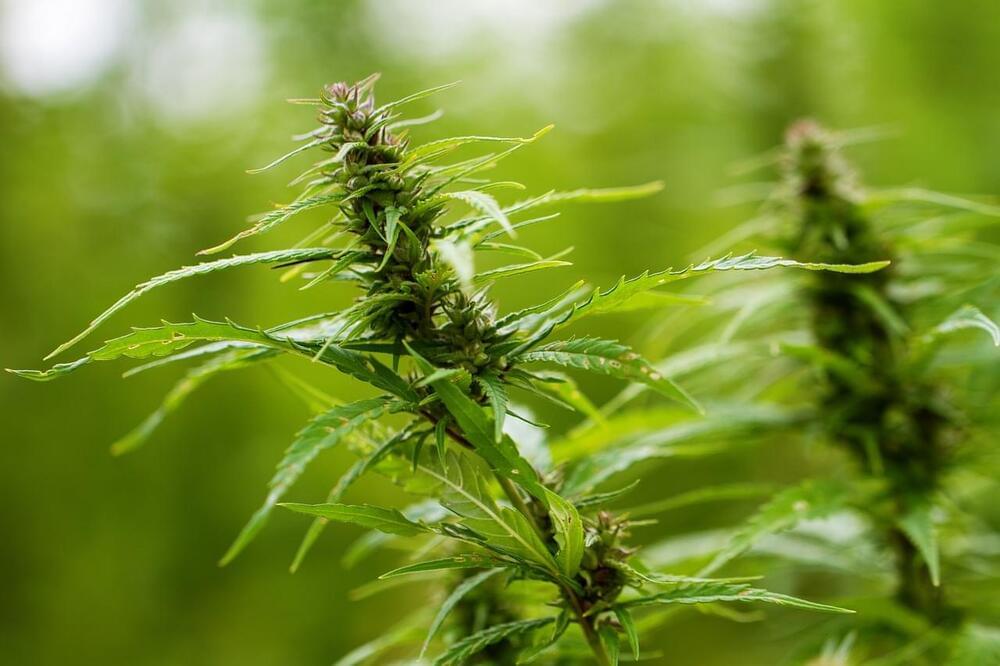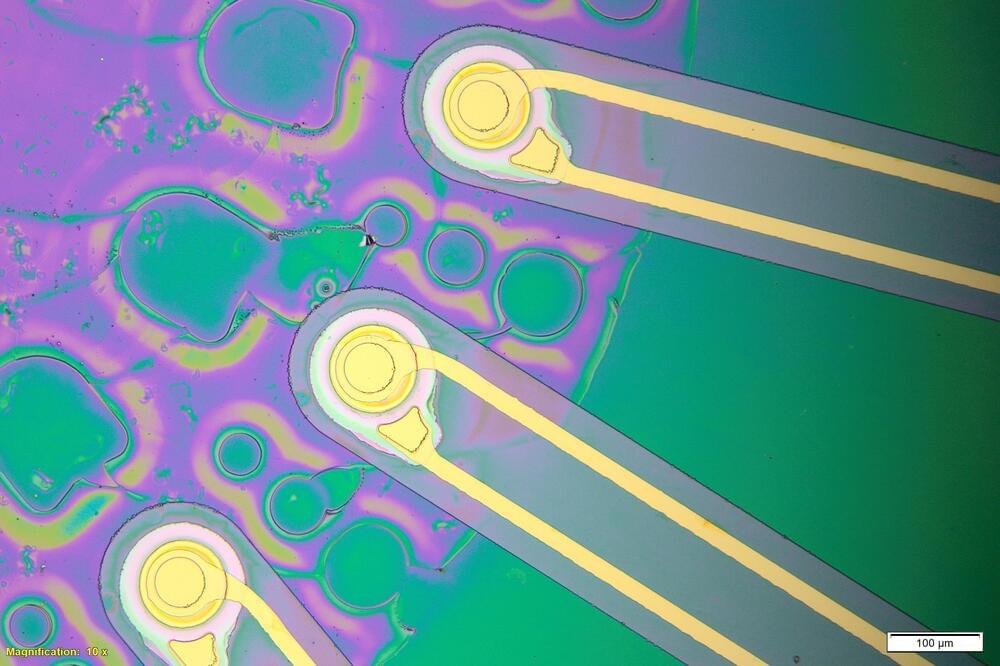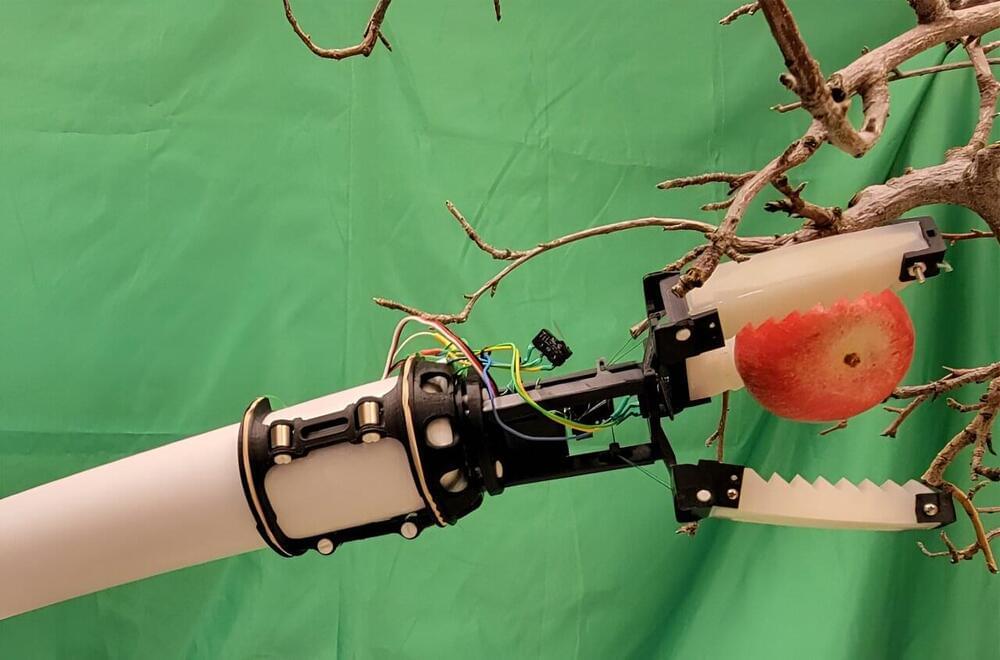Page 401
Jun 13, 2024
Photonic chip integrates sensing and computing for ultrafast machine vision
Posted by Dan Breeden in category: robotics/AI
Researchers have demonstrated a new intelligent photonic sensing-computing chip that can process, transmit and reconstruct images of a scene within nanoseconds. This advance opens the door to extremely high-speed image processing that could benefit edge intelligence for machine vision applications such as autonomous driving, industrial inspection and robotic vision.
Edge computing, which performs intensive computing tasks like image processing and analysis on local devices, is evolving into edge intelligence by adding artificial intelligence (AI) driven analysis and decision-making.
“Capturing, processing and analyzing images for edge-based tasks such as autonomous driving is currently limited to millisecond-level speeds due to the necessity of optical-to-electronic conversions,” said research team leader Lu Fang from Tsinghua University in China. “Our new chip can perform all these processes in just nanoseconds by keeping them all in the optical domain. This could be used to significantly enhance, or even replace, the traditional architecture of sensor acquisition followed by AI post-processing.”
Jun 13, 2024
Use of Nicotine and Cannabis Products by Young Adults Increasing Amid Mental Health Stressors
Posted by Laurence Tognetti, Labroots Inc. in categories: biotech/medical, law, neuroscience
What connection does nicotine and cannabis use have on mental health stressors, including anxiety, depression, and discrimination, for young adults? This is what a recent study published in Addictive Behaviors hopes to address as a team of researchers led by Indiana University investigated how increased use of nicotine and cannabis in young adults also comes at a time when mental health stressors are also on the rise with them, as well. This study holds the potential to help researchers, medical professionals, and the public better understand the link between nicotine and cannabis use and mental health, especially with the legalization of recreational cannabis becoming more prevalent across the United States.
For the study, the researchers conducted a survey between 2019 and 2021 consisting of 2,478 young adults from Los Angeles between 18 to 29 years old with the following demographics: 57 percent Hispanic, 19 percent Asian, 15 percent White, 4 percent Black, and 3 percent as Multiracial. The participants were instructed to provide their mental health symptoms status (anxiety and depressions) and social stressors (discrimination), along with how much they use cannabis or nicotine, including vaping.
In the end, the researchers found a correlation between nicotine and cannabis use, along with some dual use, with higher rates of depression and anxiety with Hispanic young adults, with both Hispanic and Asian young adults having increased use of nicotine and cannabis correlating with higher rates of discrimination. For Black young adults, the researchers found increased use of nicotine products with higher anxiety while finding the opposite occurred for higher rates of depression and discrimination.
Jun 13, 2024
Daycares in Finland Grew Forests, And It Changed Kids’ Immune Systems
Posted by Quinn Sena in categories: biotech/medical, food
Playing through the greenery and litter of a mini forest’s undergrowth for just one month may be enough to change a child’s immune system, according to an experiment in Finland.
When daycare workers rolled out a lawn, planted forest undergrowth (such as dwarf heather and blueberries), and allowed children to care for crops in planter boxes, the diversity of microbes in the guts and on the skin of the young kids appeared healthier in a very short space of time.
Compared to other city kids who play in standard urban daycares with yards of pavement, tile, and gravel, 3-, 4-, and 5-year-olds at these greened-up daycare centers in Finland showed increased T-cells and other important immune markers in their blood within 28 days.
Jun 13, 2024
Webb Finds Plethora of Carbon Molecules Around Young Star
Posted by Saúl Morales Rodriguéz in category: space
An international team of astronomers has used NASA’s James Webb Space Telescope to study the disk of gas and dust around a young, very low-mass star. The results reveal the largest number of carbon-containing molecules seen to date in such a disk. These findings have implications for the potential composition of any planets that might form around this star.
Jun 13, 2024
Ultrasound offers a new way to perform deep brain stimulation
Posted by Cecile G. Tamura in categories: biotech/medical, neuroscience
MIT researchers have developed an alternative approach that uses ultrasound instead of electricity to perform deep brain stimulation, delivered by a fiber about the thickness of a human hair.
Deep brain stimulation, by implanted electrodes that deliver electrical pulses to the brain, is often used to treat Parkinson’s disease and other neurological disorders. However, the electrodes used for this treatment can eventually corrode and accumulate scar tissue, requiring them to be removed.
MIT researchers have now developed an alternative approach that uses ultrasound instead of electricity to perform deep brain stimulation, delivered by a fiber about the thickness of a human hair. In a study of mice, they showed that this stimulation can trigger neurons to release dopamine, in a part of the brain that is often targeted in patients with Parkinson’s disease.
Continue reading “Ultrasound offers a new way to perform deep brain stimulation” »
Jun 13, 2024
Clean Energy Spending Will Surpass $2 Trillion This Year
Posted by Shailesh Prasad in category: energy
Investments in carbon-free energy will be twice as large as fossil fuel spending in 2024, the International Energy Agency predicts.
By Benjamin Storrow & E&E News
CLIMATEWIRE | Clean energy is on fire.
Jun 13, 2024
New robotic gripper for automated apple picking developed
Posted by Shailesh Prasad in categories: food, life extension, robotics/AI, sustainability
Washington state leads the nation in apple production, and in 2022, the industry contributed more than two billion dollars to the U.S. gross domestic product. Throughout Washington, farms employ anywhere from a dozen to hundreds of workers each year for orchard operations, including for pollination, pruning, flower thinning and fruit harvesting. With an aging population and a decrease in migrant farm workers, however, farmers have struggled to meet their needs for workers during harvest season.
In recent years, researchers have started developing robotic apple harvesting systems, but the ones that have been developed are expensive and complex to use in orchards.
Ninatanta, who grew up in Yakima, Washington, picked fruit alongside his parents during his childhood. When he began his work with Luo on a robotic apple gripper, he had his parents videotape their work, so he could model his gripper on their handiwork.
Jun 13, 2024
Wild New Study Suggests Gravity Can Exist Without Mass
Posted by Dan Breeden in categories: cosmology, physics
What is gravity without mass? Both Newton’s revolutionary laws describing its universal effect and Einstein’s proposal of a dimpled spacetime, we’ve thought of gravity as exclusively within the domain of matter.
Now a wild new study suggesting that gravity can exist without mass, conveniently eliminating the need for one of the most elusive substances in our Universe: dark matter.
Dark matter is a hypothetical, invisible mass thought to make up 85 percent of the Universe’s total bulk. Originally devised to account for galaxies holding together under high speed rotation, it has yet to be directly observed, leading physicists to propose all sorts of out-there ideas to avoid invoking this elusive material as a way to plug the holes in current theories.
